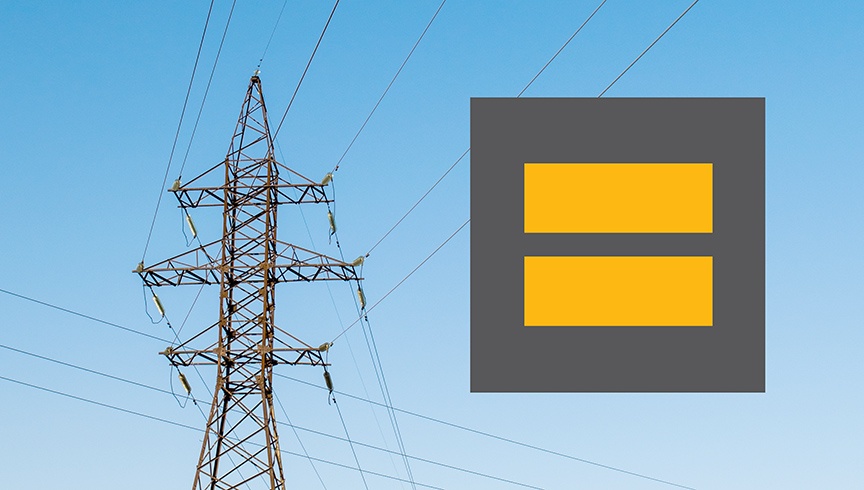
MLK Is to Equal Rights as Who Is to Energy Equity?
Martin Luther King Jr. had a dream.
Thomas Jefferson wrote a declaration.
Susan B. Anthony campaigned for an amendment.
Leaders can change the course of history.
Most people think that energy efficiency (EE) is about 1) saving money and 2) doing right for the environment. But energy is greatly overlooked as a lever in driving social equality.
Nest’s recently published Power Project reports that one in five families spends more than 20 percent of its income on home energy—a number that shouldn’t exceed 6 percent.
Those of us working in the sustainable energy world must realize that with the right leadership, we can change the course of history (although getting our faces printed on U.S. currency is probably unlikely—sorry).
Drawing on our latest round of customer research, we set out to make the voices of hard-to-reach markets louder. In the coming weeks, EnergyWire will be dedicated to this series. Today’s message focuses on low-income customers.
Here’s what we found.
Imbalanced awareness: We found that among low-income populations, just over 50 percent were aware of energy efficiency programs offered by their utility, compared to 65 percent among high-income populations.
Messaging in the right places: Low-income populations are more likely to learn about programs from their utility bill, via email or from regular mailers. They aren’t as likely to learn from websites or social media (the preferred methods reported by higher-income segments).
DIY is key: Over 75 percent of the time, low-income respondents do EE or home projects on their own or with a friend or neighbor, which is 25 percentage points higher than is the case with middle- to high-income respondents.
Recommendations to better reach income-eligible customers
- Shift the message away from ‘bigger is better’. Encourage small improvements as building blocks toward EE, like transitioning to LED light bulbs, in which nearly 45 percent of people show interest. Build off smaller wins to help bring customers to the next step, such as central A/C, ENERGY STAR rated appliances and smart appliances, which all fall around the 25 percent interest level.
*Success story: Massachusetts’ LEAN Network delivers room air conditioners, light bulbs and dehumidifiers to low-income customers who can take these products with them when they move.
- Knock down the barriers. Don’t require a full audit. Energy audits fall low on the list of EE interest, less than 13 percent of people surveyed. Use your first-party data—the information you have in your customer service systems and feedback from previous marketing campaigns—to segment your customer base and get the right message to the right group of customers. Find the customers who haven’t done an audit and start messaging about the programs they are interested in (like LEDs).
- Create equal opportunity. We asked people about smart home products. We found that lower-income populations are half as likely to have smart home products as higher-income populations but are twice as likely to be planning on upgrading to them in the next year. There’s interest, but it’s not being targeted sufficiently.
- Change your marketing approach. Many income-eligible customers are renters, not homeowners. That complicates EE initiatives a little; landlords are the decision makers, tenants are the bill payers. Communicate EE options to tenants to build the demand and then educate landlords with training on EE products and rebate programs.
- Partner with the community. Build off current successes. Neighborhood programs decrease overhead costs for communication, delivery and installation, and they utilize grant funding. Become a part of the local energy plan development process. Look to partners customers already trust, like churches and food pantries, that can help communicate your message.
Successful programs run by utilities and energy service providers are making a meaningful difference all over the country. But we need more. Sustainable energy should and can be a tool in creating social equity. Income-eligible populations are equally interested in energy efficiency, but they aren’t participating equally. We can change that.
____________________________________________________________
Ann is KSV’s Mission and Brand Manager. Her experience in marketing and communications is deeply rooted at the intersection of sustainability and energy with fellow certified B Corps. And whoever thought Superman had the best capes never met Ann. Read more from Ann here.
____________________________________________________________
